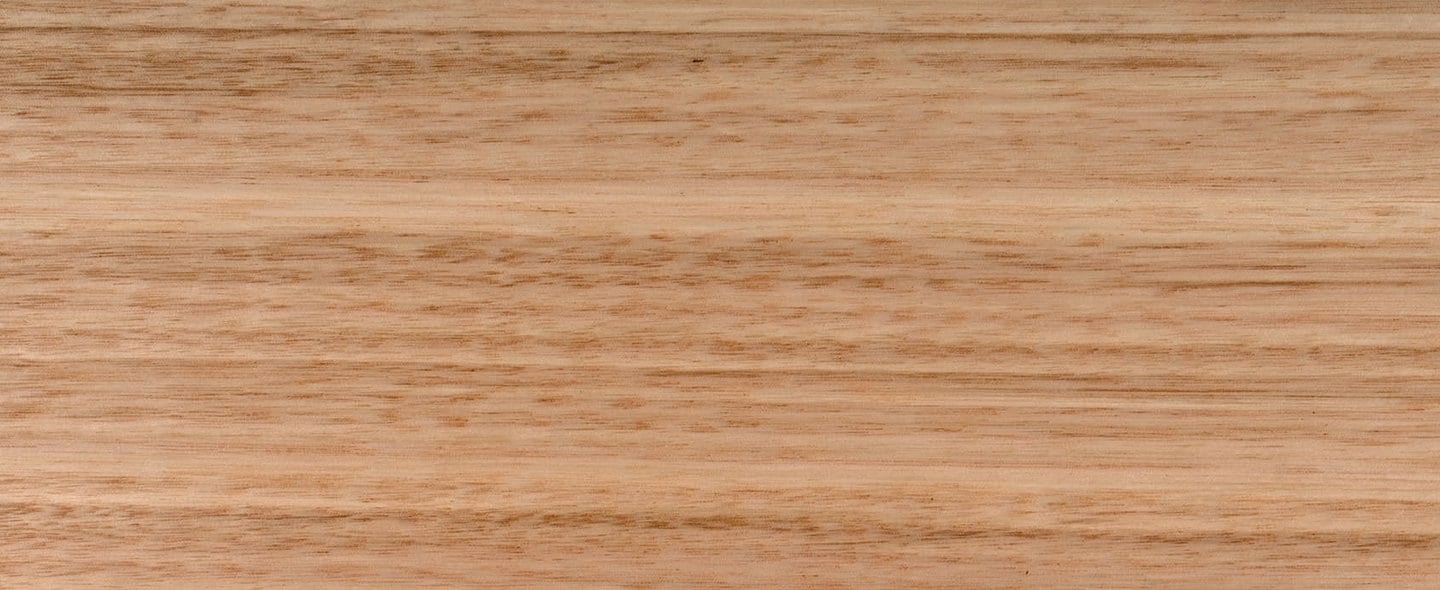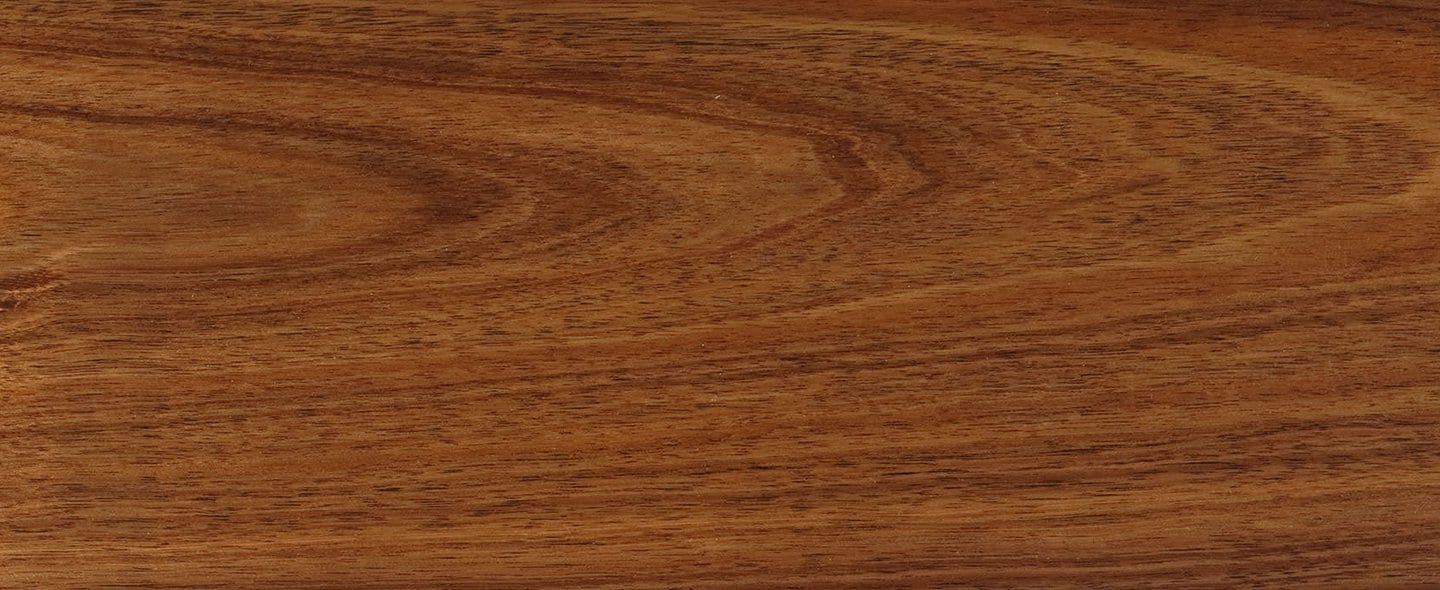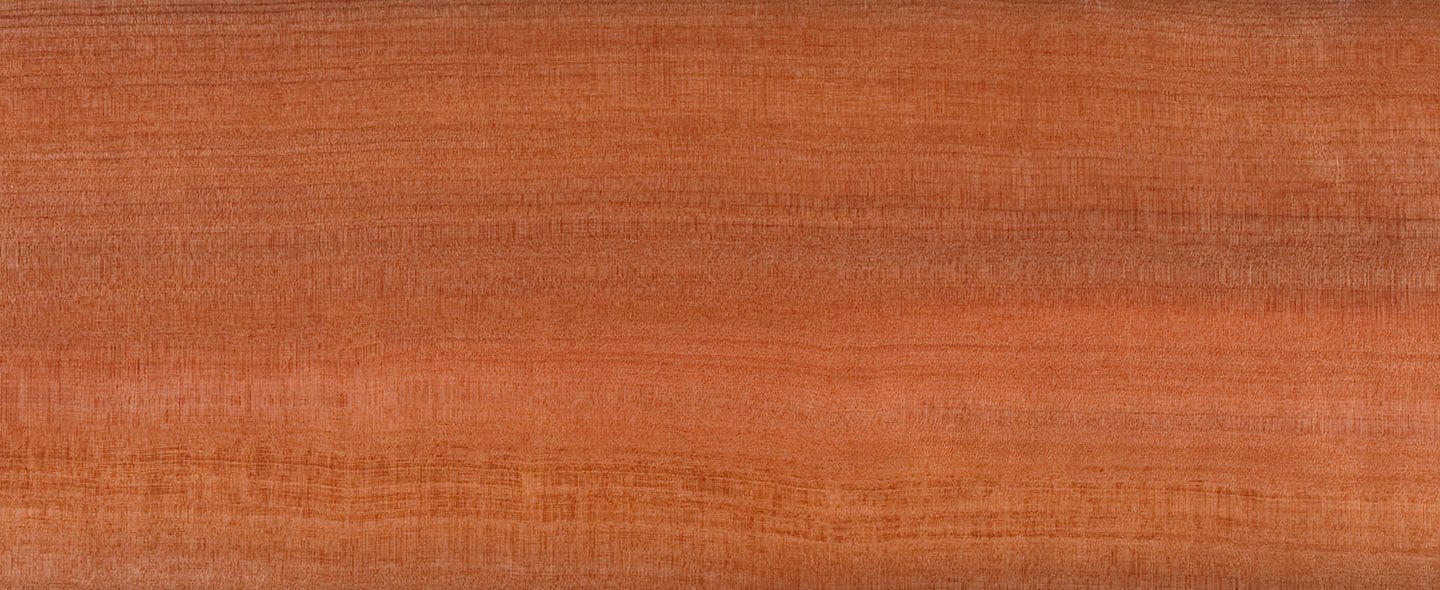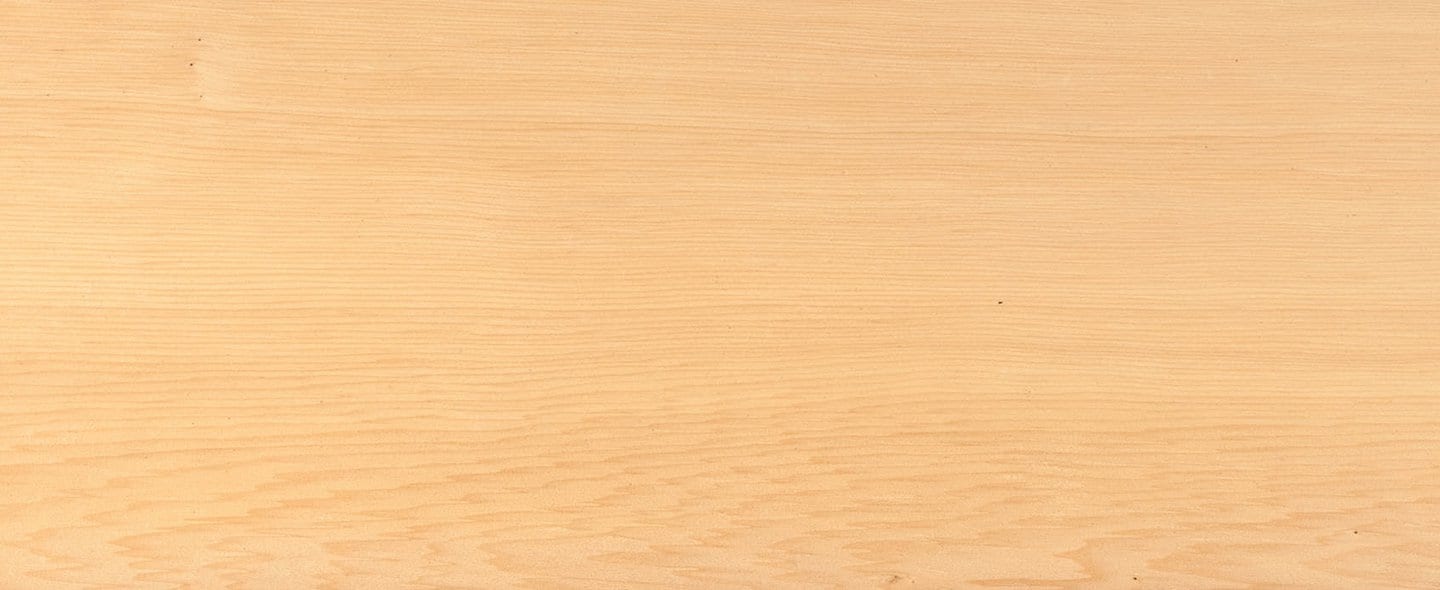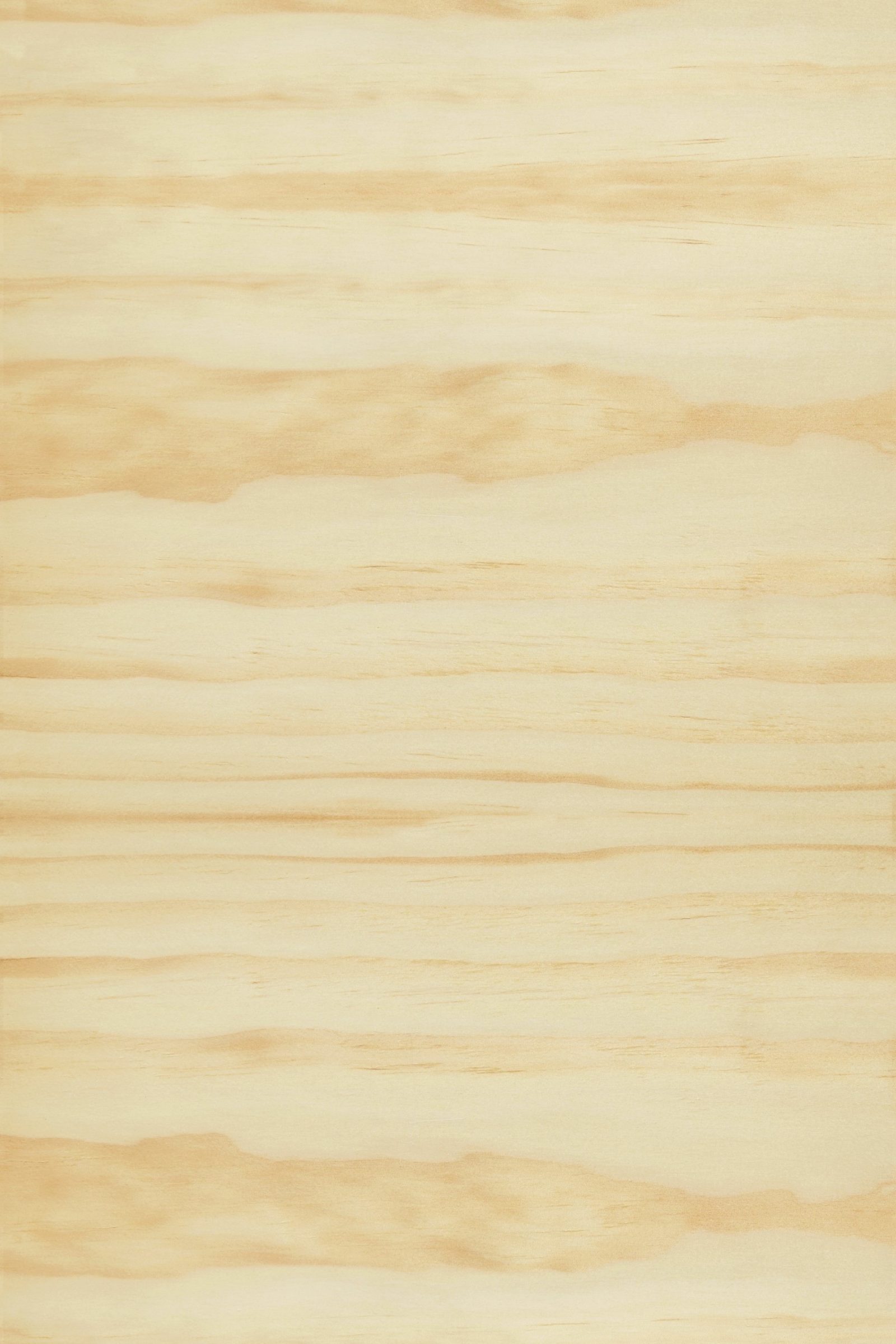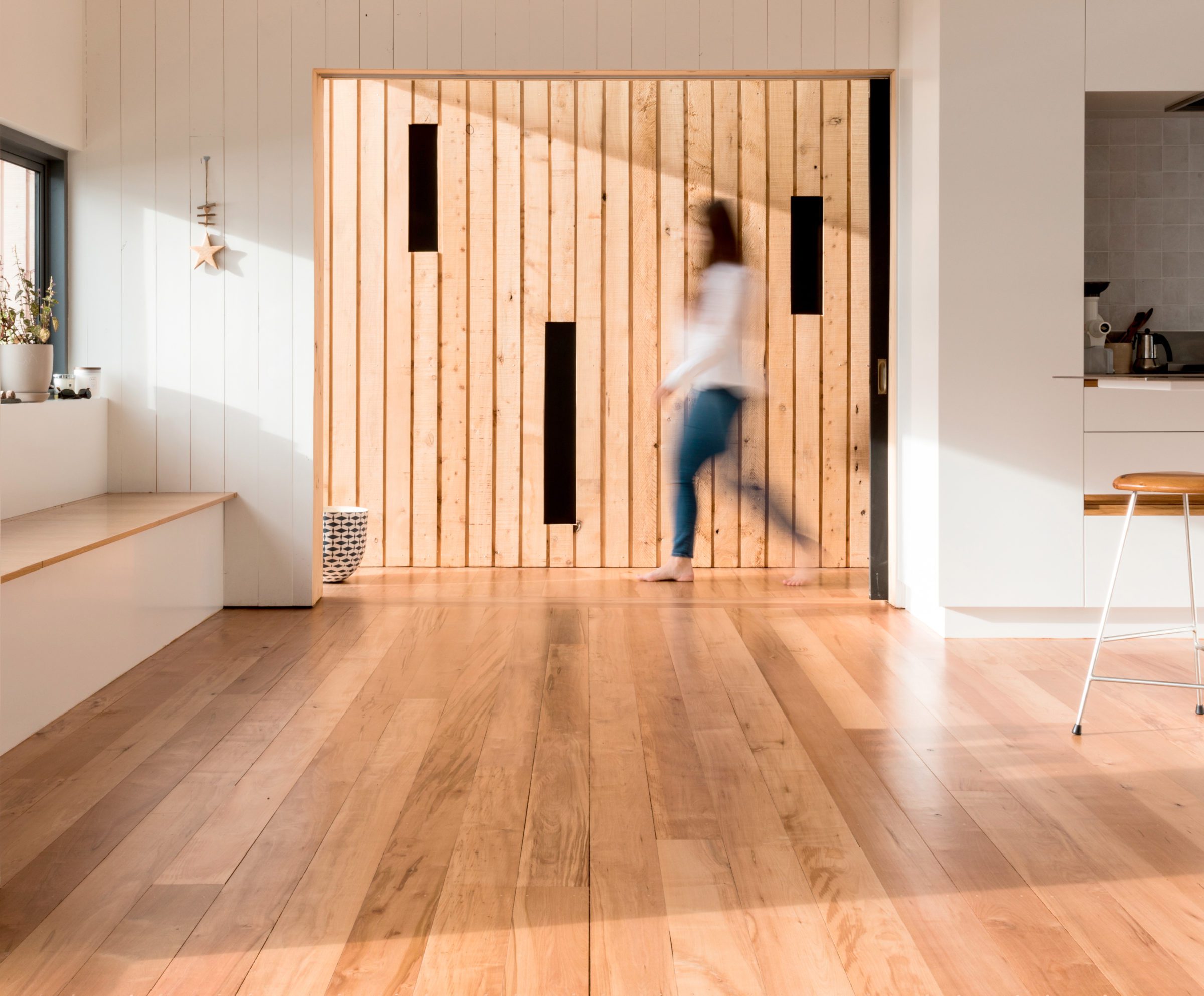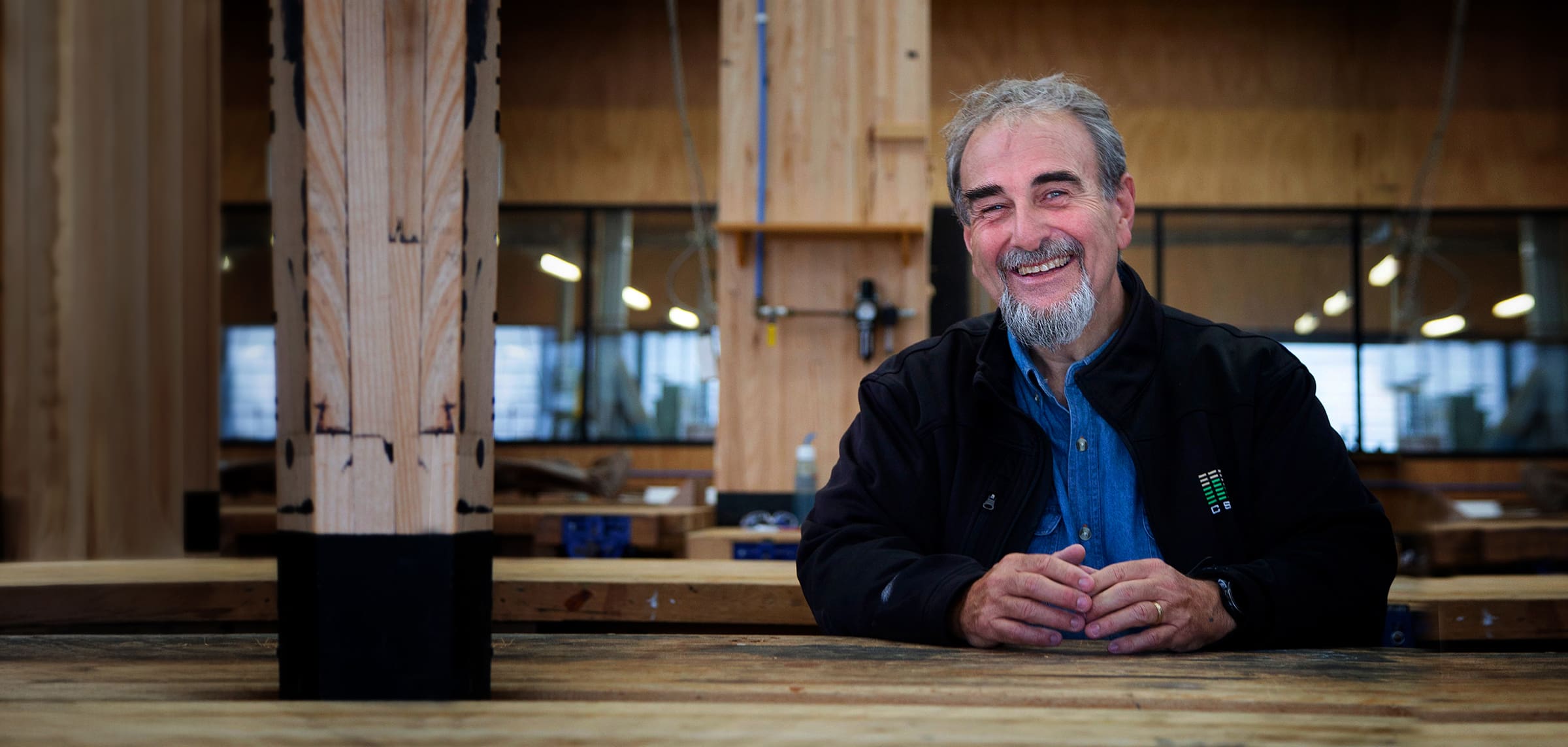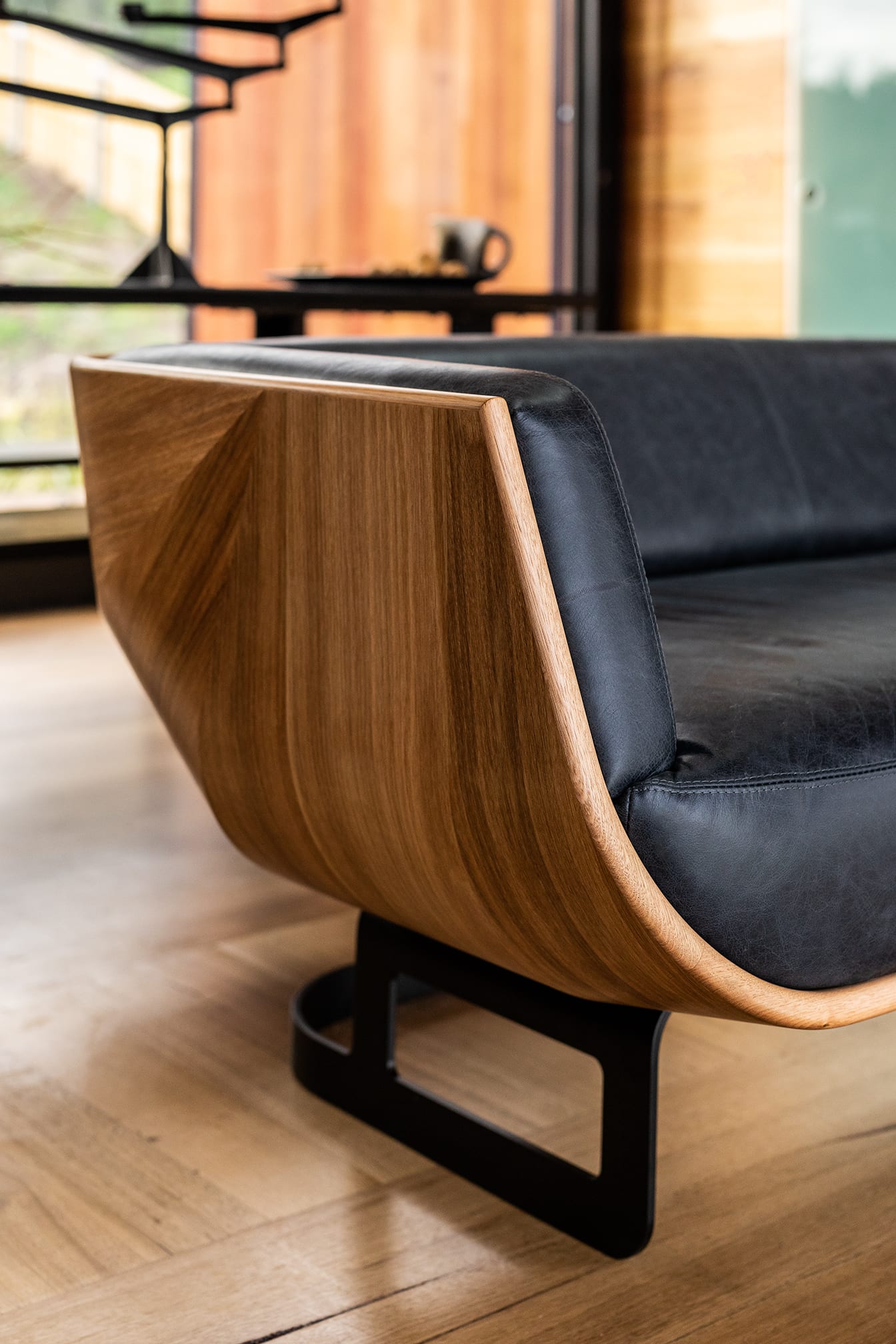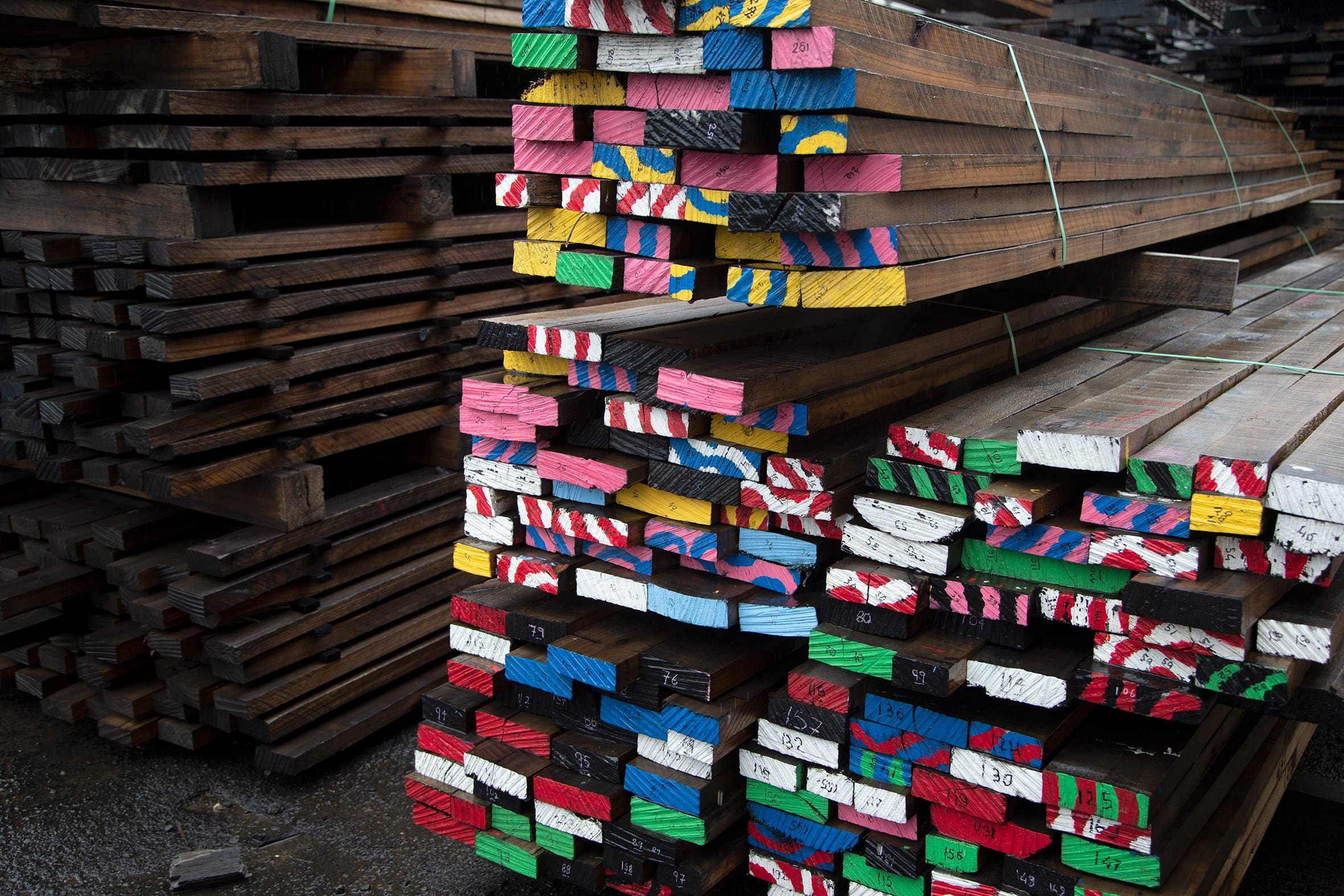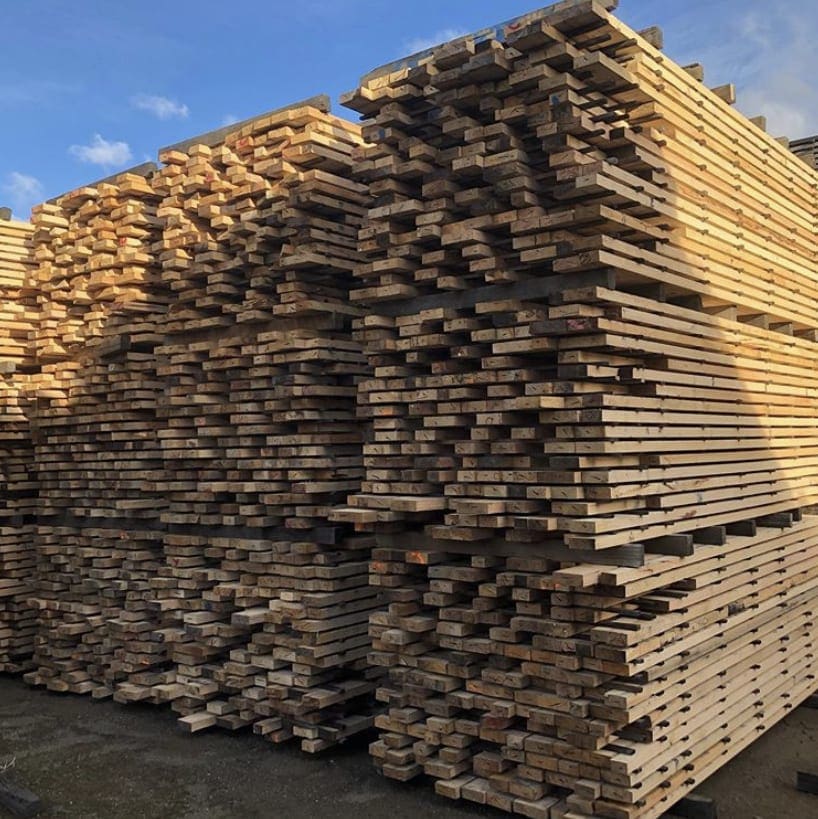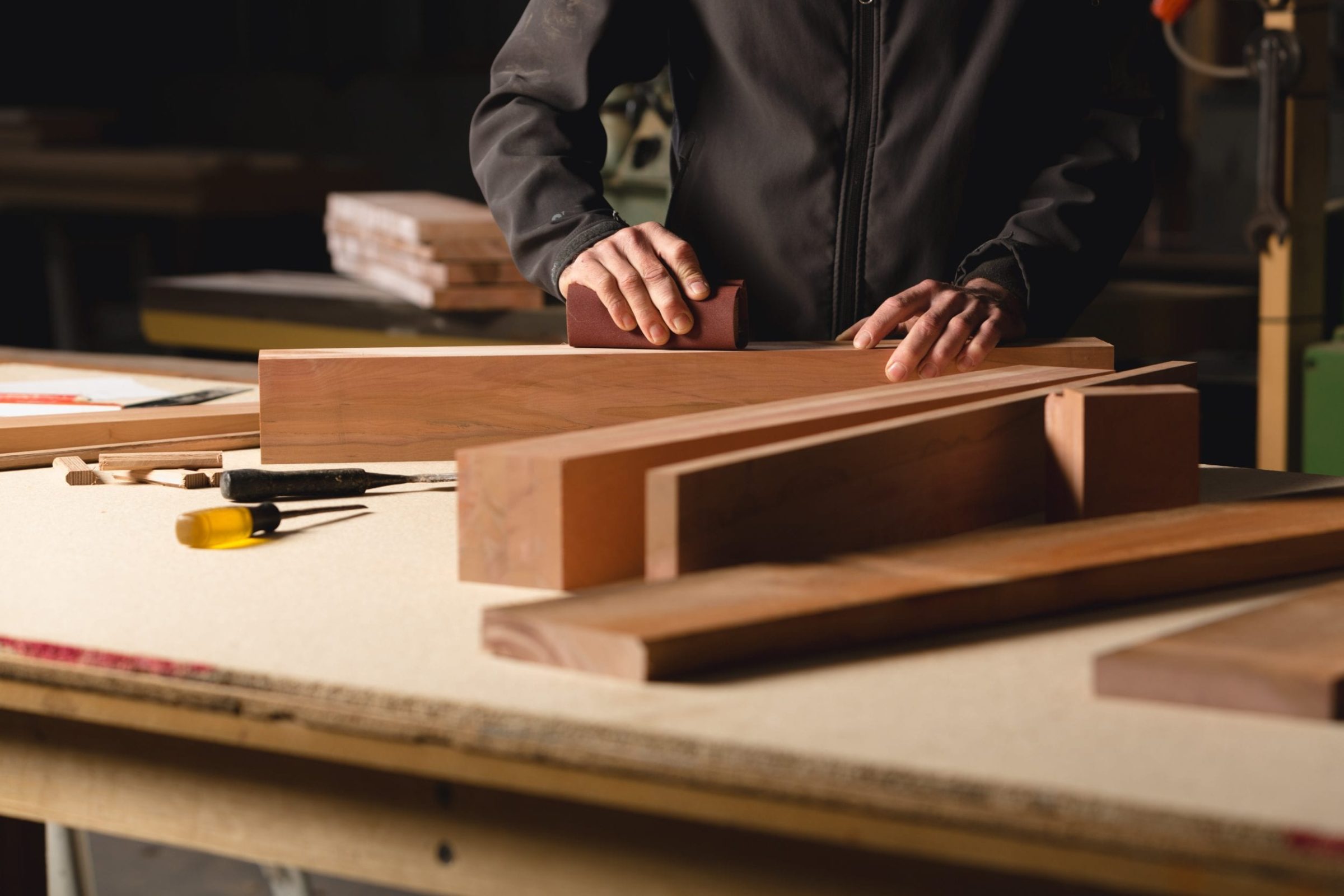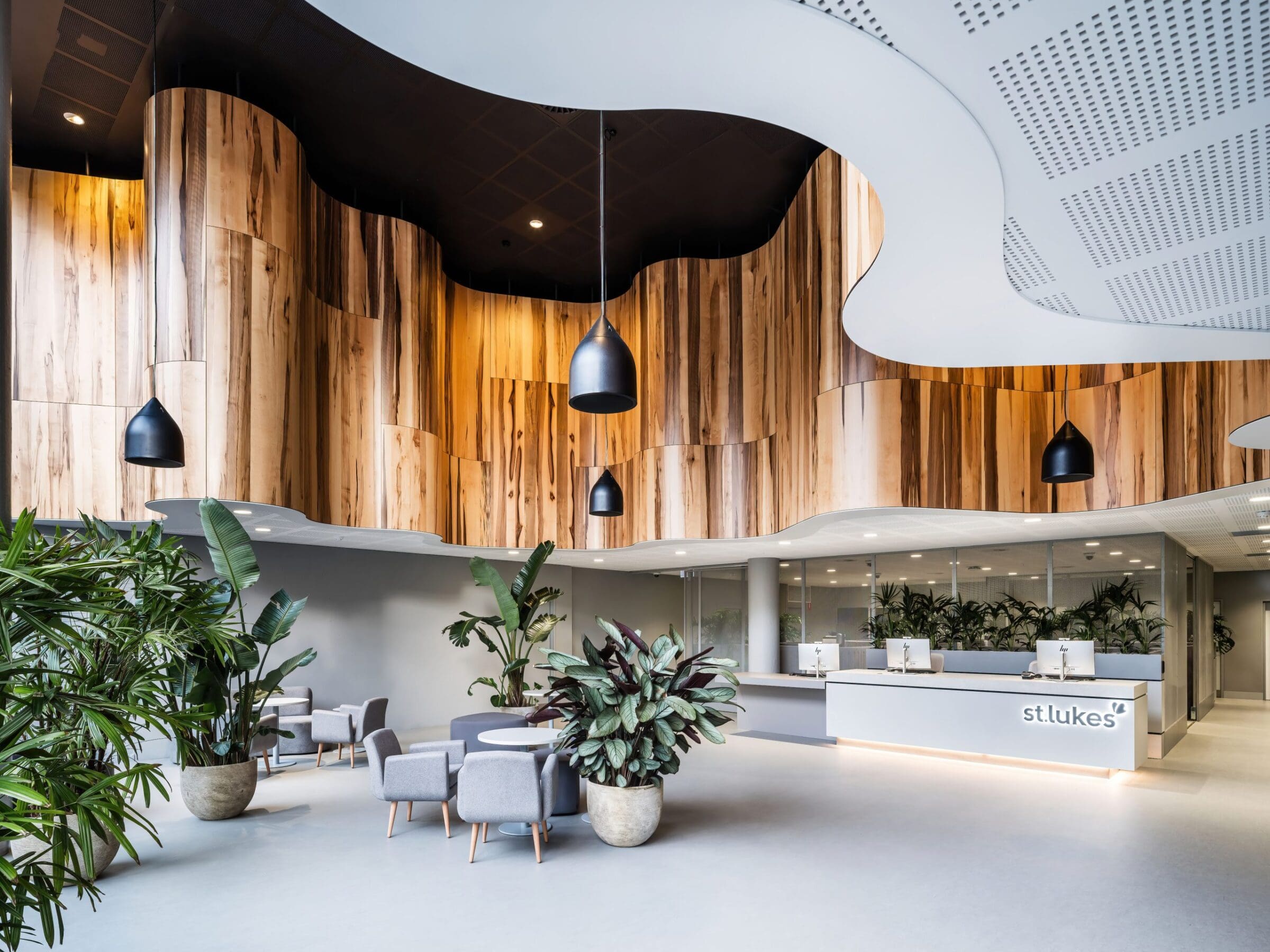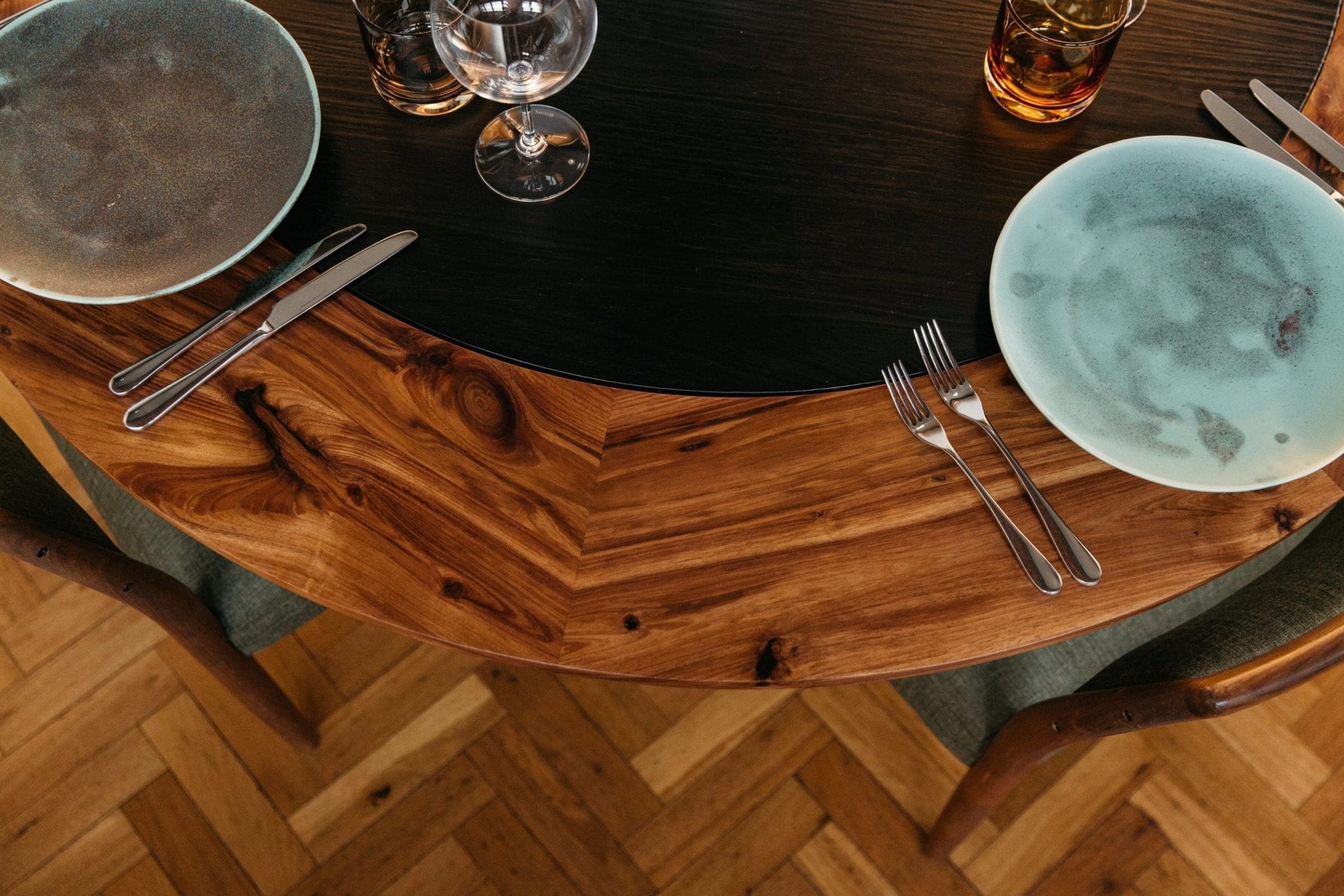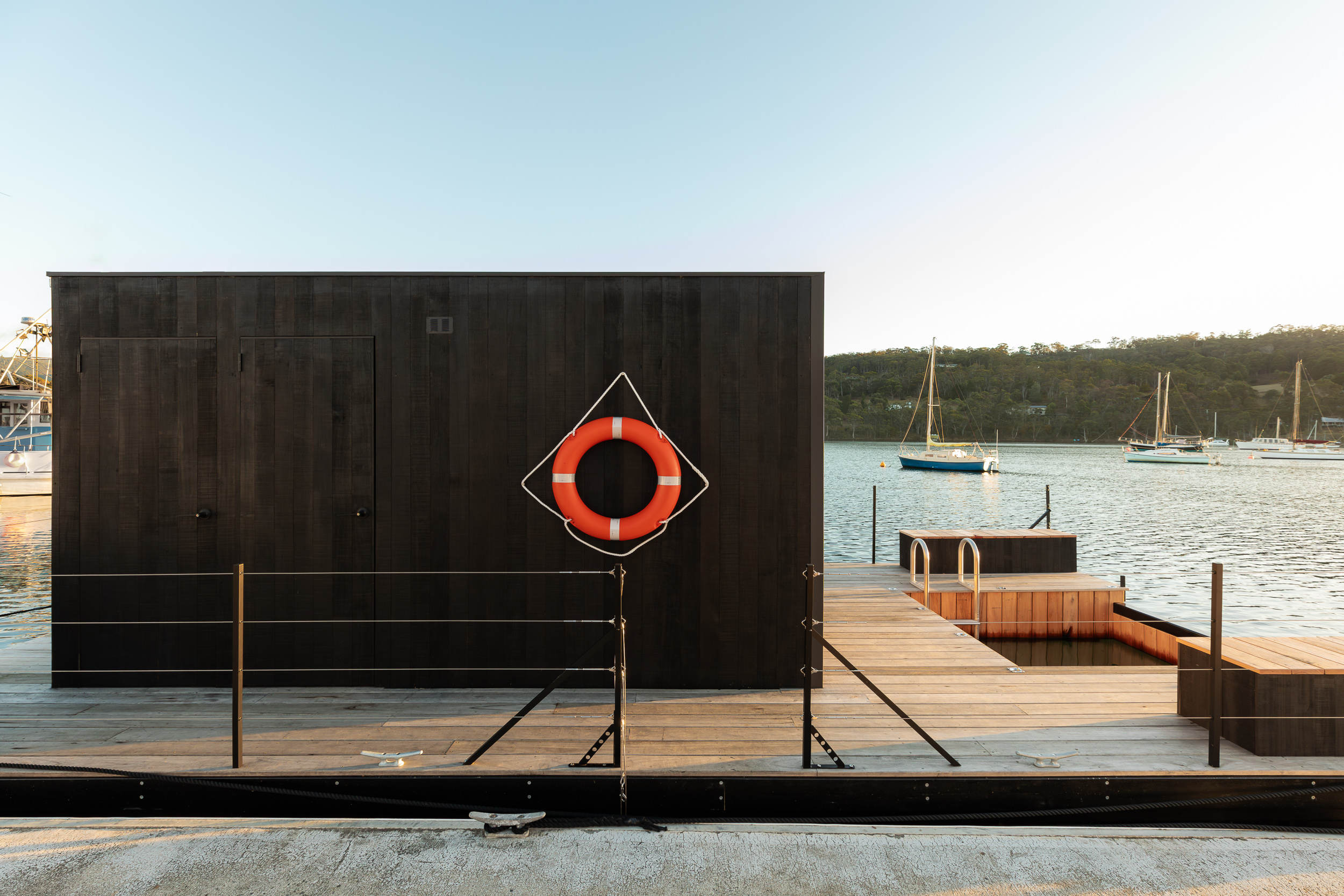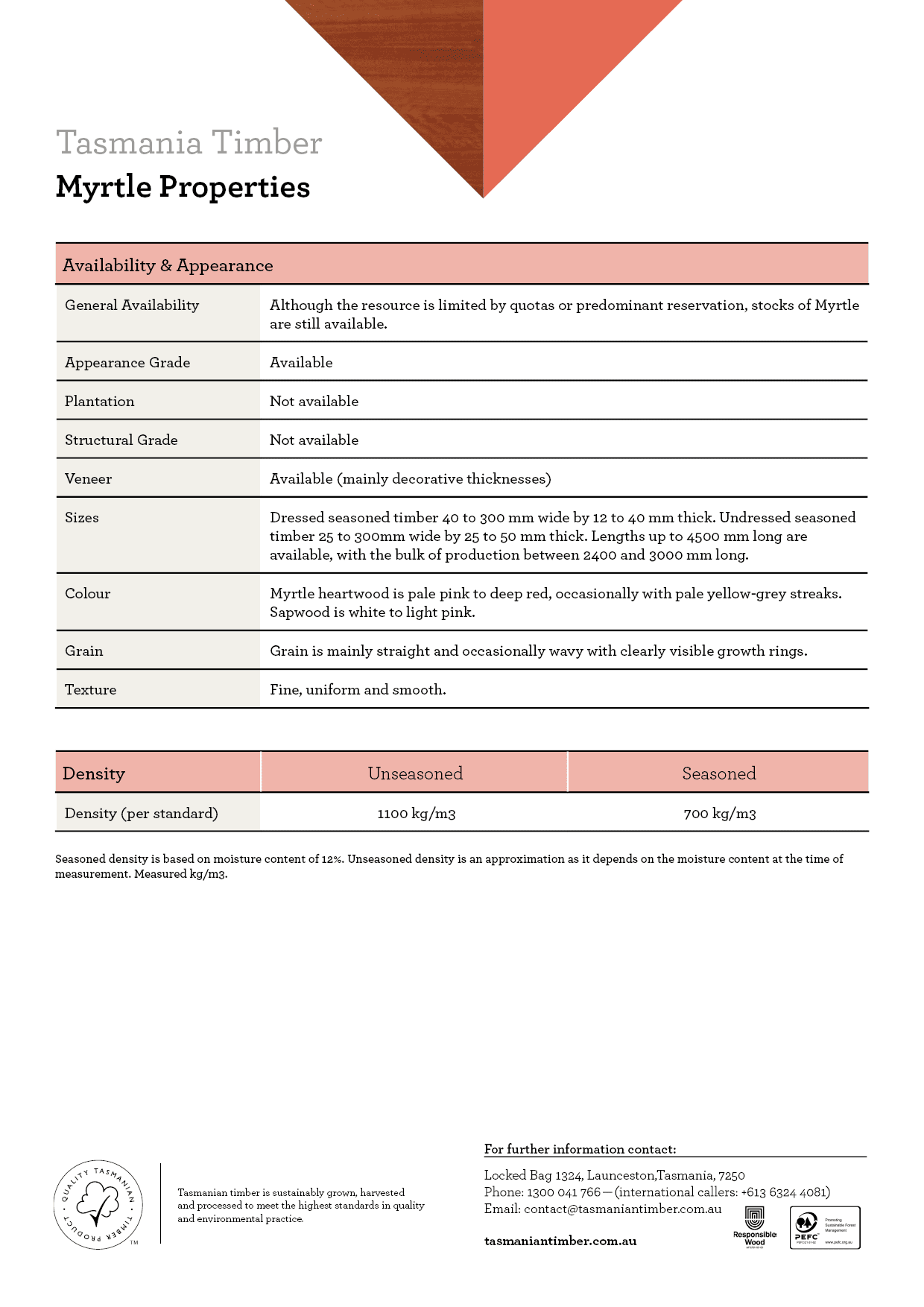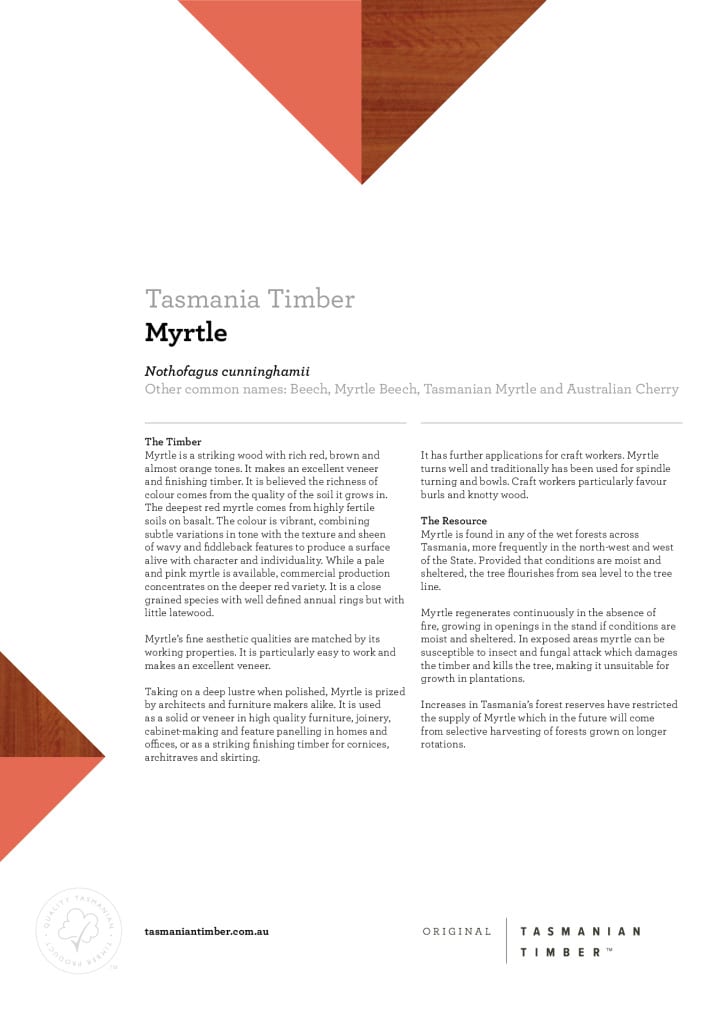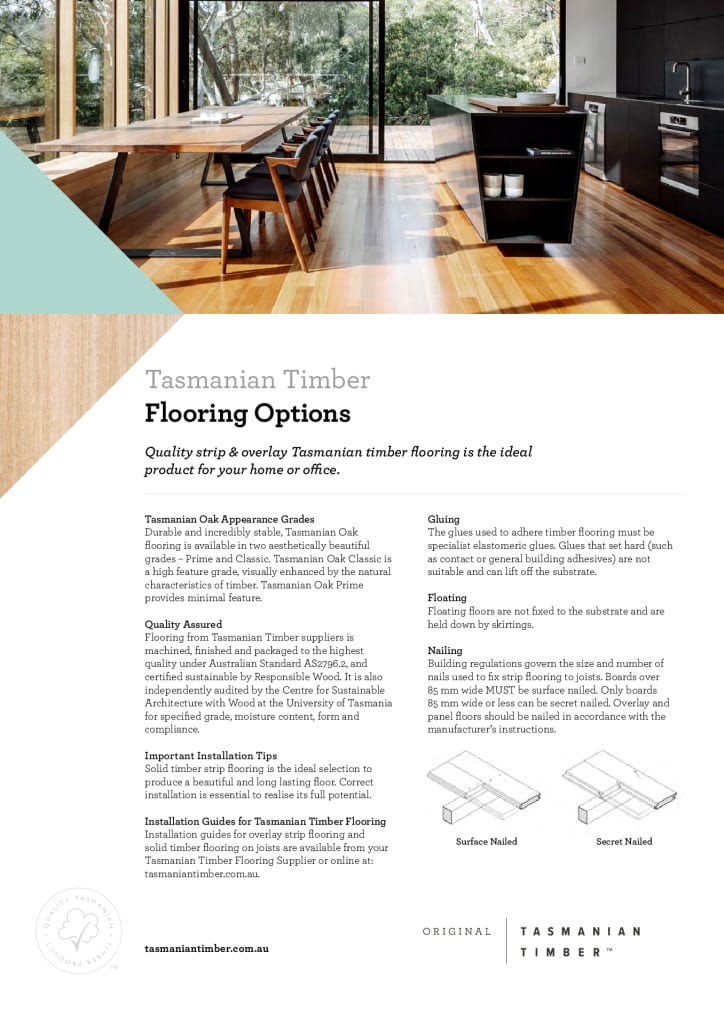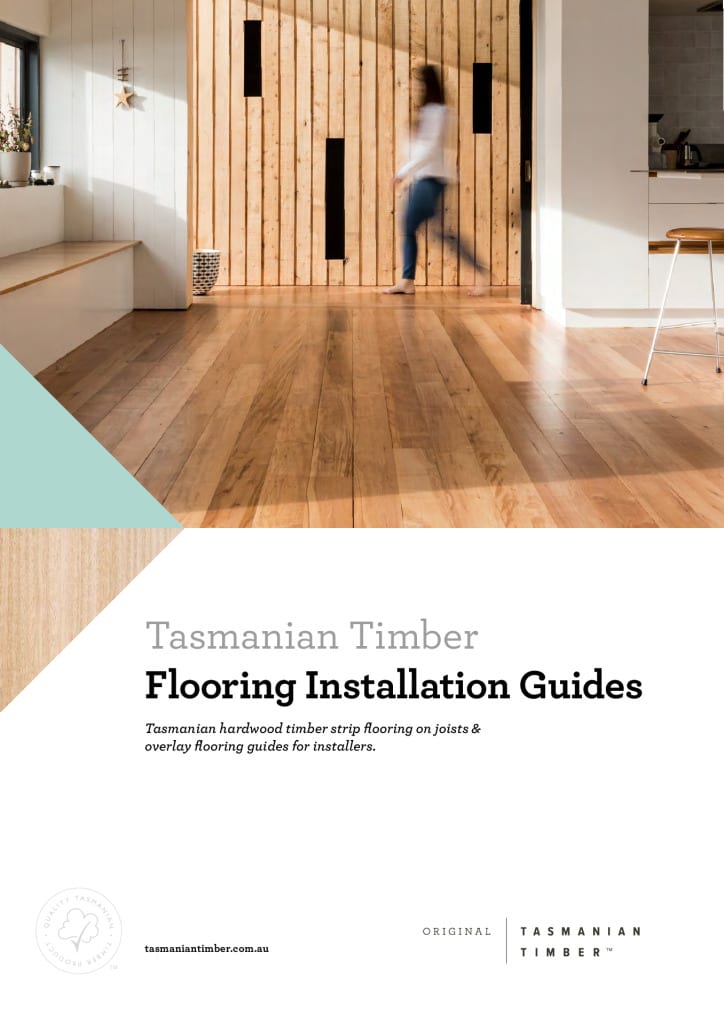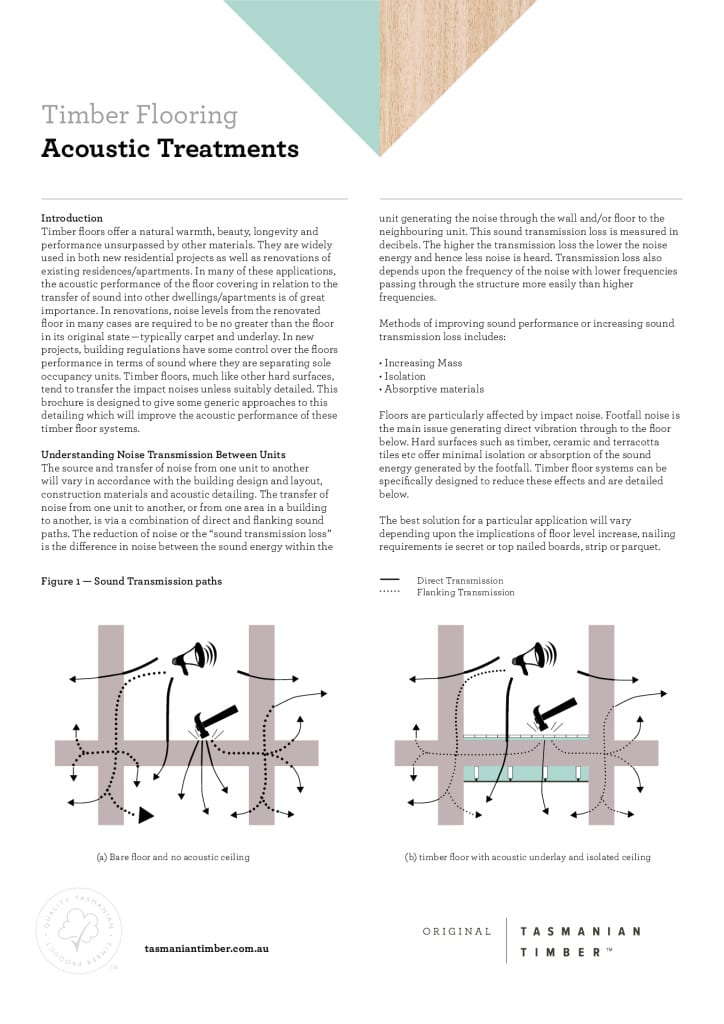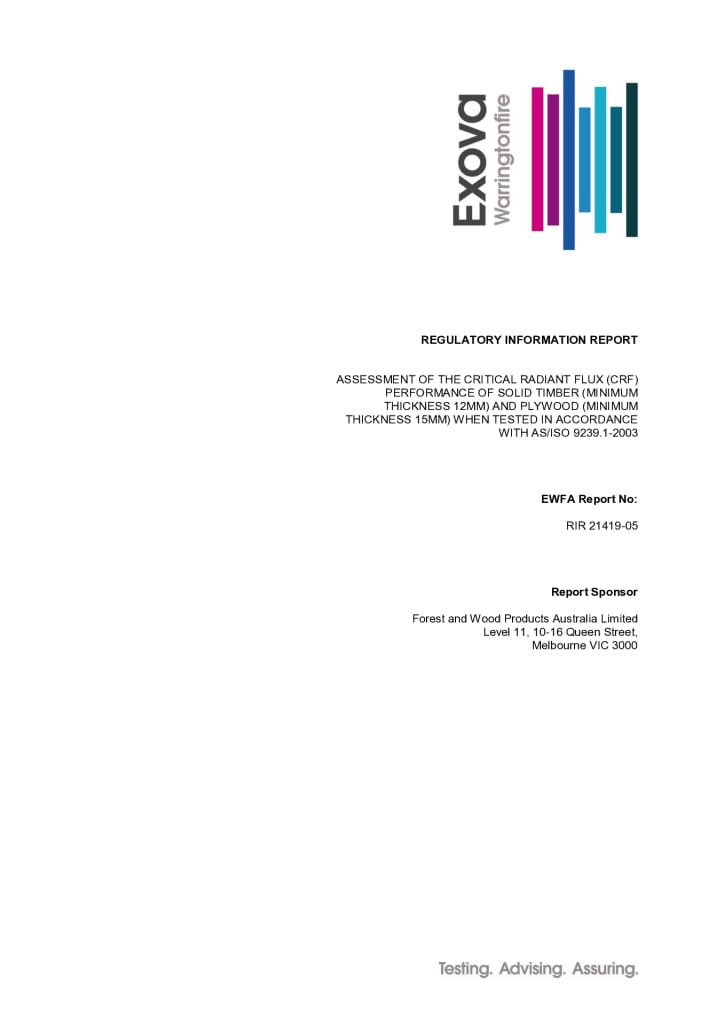Myrtle
A striking timber that makes an excellent veneer and finishing timber. Used in high-quality furniture, joinery, cabinet-making and feature panelling in homes and offices, or as a finishing timber for cornices, architraves and skirting.
It is believed the richness of colour comes from the quality of the soil it grows in. The deepest red myrtle comes from highly fertile soils on basalt. The colour is vibrant, combining subtle variations in tone with the texture and sheen of wavy and fiddleback features to produce a surface alive with character and individuality. While a pale and pink myrtle resource is available, commercial production concentrates on the deeper red variety. It is a close-grained species with well defined annual rings but with little latewood.
Myrtle's fine aesthetic qualities are matched by its working properties. It is particularly easy to work and makes excellent veneer.
Taking a deep lustre when polished, Myrtle is prized by architects and furniture makers alike. It is used as a solid or veneer in high-quality furniture, joinery, cabinet making and feature panelling in homes and offices, or as a striking finishing timber for cornices, architraves and skirting.
It has further applications for craft workers. Myrtle turns well and traditionally has been used for spindle turning and bowls. Craft workers particularly favour burls and knotty wood.


